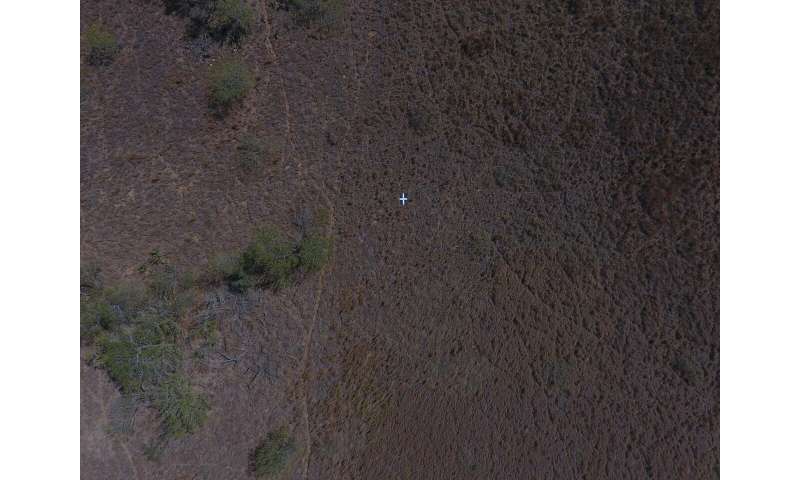Research explores the impact of invasive grasses on South Texas landscapes
by Science X staff
Scientists writing for the journal Invasive Plant Science and Management say several exotic grass species once grown in South Texas for livestock forage and erosion control have expanded from the areas where they were planted and have become invasive. They now are reducing the region's biodiversity and the habitats available for wildlife.
The problem species include King Ranch bluestem, Kleberg bluestem, Angelton bluestem, buffelgrass, guineagrass, Lehmann lovegrass, and Bermudagrass. In addition, the native grass tanglehead has begun displaying similar invasive behaviors.
The journal article explores the natural history of these grasses, their impact on diverse South Texas ecoregions and how they might be managed. Scientists say one important challenge is how to detect, assess and quantify the spread of invasive grasses growing over broad expanses.
Remote sensing technologies are playing an important role—including satellite imagery and unmanned aerial vehicles. Artificial intelligence and deep learning technologies are being used to interpret the data collected and inform more effective control practices.
"With further studies and fieldwork, we hope to have a roadmap that helps us understand the geology and ecology of invasive grasses in South Texas," says Justin P. Wied of Texas A&M University-Kingsville. "Conservationists and landowners will then have the tools they need to preserve and maintain the region's great natural landscapes."
More information: Justin P. Wied et al, Invasive grasses in South Texas rangelands: historical perspectives and future directions, Invasive Plant Science and Management (2020). DOI: 10.1017/inp.2020.11
Provided by Cambridge University Press